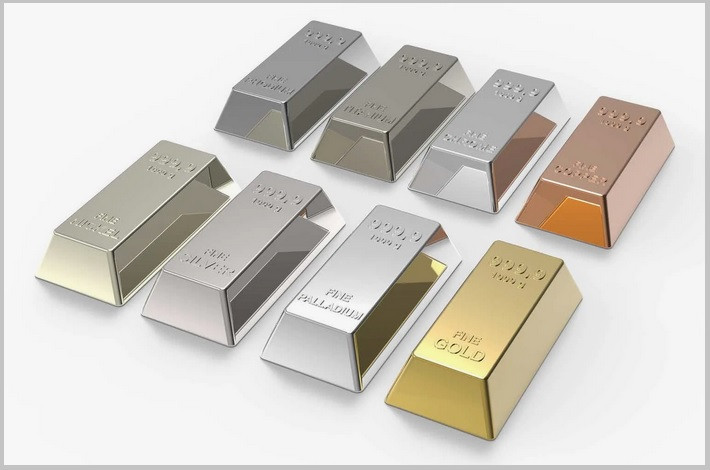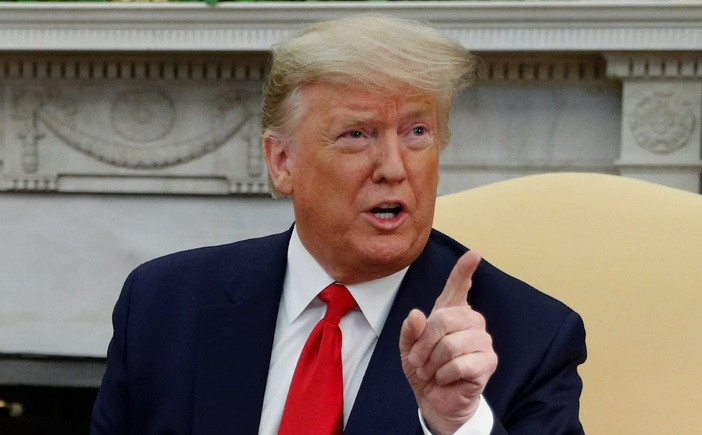See also


 02.01.2025 01:27 PM
02.01.2025 01:27 PMIn 2025, many developed countries will continue lowering interest rates, but the pace of these reductions will depend on regional and economic conditions. In the United States, the Federal Reserve plans to act more cautiously than other central banks. The Fed forecasts only two rate cuts this year, fewer than previously expected. This cautious approach stems from the relatively stable U.S. economy and persistent inflation.
Most major banks have lowered their interest rate expectations. Fixed-income analysts at Bank of America agree with the Fed's forecast of two rate cuts. Banking holding company Wells Fargo is slightly more conservative, predicting only one rate cut this year. However, Canadian multinational investment bank TD Securities predicts four rate cuts, estimating that the federal funds rate will drop to 3.50% by year-end. Meanwhile, U.S.-based investment company BlackRock believes Treasury yields will rise by year-end, as the Fed is unlikely to aggressively cut rates.
Not all analysts, however, are confident that the U.S. economy can withstand geopolitical uncertainties and the unintended consequences of policies proposed by President-elect Donald Trump.
Ahead of his inauguration, Trump threatened to impose trade tariffs on nearly all major global economies. These tariffs would promote domestic production and support the U.S. dollar, but the policy comes with costs and could exacerbate existing inflationary pressures. In short, Trump's presidency implies higher U.S. inflation and weaker global growth. However, if Trump's tariff threats remain just that—threats—the world's economic growth rate, considering high U.S. inflation and migration policies, might slightly underperform its 3% trend.
Banking experts predict that if Trump's tariff plan materializes, its effects will only begin to be felt in Q3 2025. Regarding the Fed's monetary policy and its impact on precious metals, many analysts expect shifting rate expectations to create short-term obstacles and volatility for precious metals. Limited Fed rate cuts will support the U.S. dollar, posing another significant challenge for precious metals.
Nevertheless, analysts in commodities remain confident that gold will surpass $3,000 per ounce by year-end.
Additionally, the correlation between gold and Treasury yields, and even the U.S. dollar, has broken down as central banks continue purchasing large volumes of precious metals for reserves. Trump's tariffs and geopolitical uncertainties are likely to amplify the ongoing dedollarization trend among central banks in emerging markets.
In conclusion, the global economy is entering a period of heightened uncertainty, requiring flexibility from central banks. Geopolitical risks may pose challenges to global development. Despite short-term hurdles, the precious metals market will continue to attract investments, especially amid dedollarization and geopolitical instability.
You have already liked this post today
*The market analysis posted here is meant to increase your awareness, but not to give instructions to make a trade.
Today is Good Friday, a day Christians observe worldwide across all denominations. Market activity has noticeably decreased ahead of the Easter holiday, but this isn't the main reason for market
There are no macroeconomic events scheduled for Friday—not in the US, the Eurozone, Germany, or the UK. Therefore, even if the market were paying any attention to the macroeconomic backdrop
The GBP/USD currency pair continued to trade relatively calmly on Thursday, showing only a minimal downward bias. We still can't classify the current movement as a "pullback" or "correction."
The EUR/USD currency pair spent most of the day moving sideways. When the European Central Bank meeting results were released, the market saw a small emotional reaction, but nothing fundamentally
InstaTrade
PAMM accounts

Your IP address shows that you are currently located in the USA. If you are a resident of the United States, you are prohibited from using the services of InstaFintech Group including online trading, online transfers, deposit/withdrawal of funds, etc.
If you think you are seeing this message by mistake and your location is not the US, kindly proceed to the website. Otherwise, you must leave the website in order to comply with government restrictions.
Why does your IP address show your location as the USA?
Please confirm whether you are a US resident or not by clicking the relevant button below. If you choose the wrong option, being a US resident, you will not be able to open an account with InstaTrade anyway.
We are sorry for any inconvenience caused by this message.


